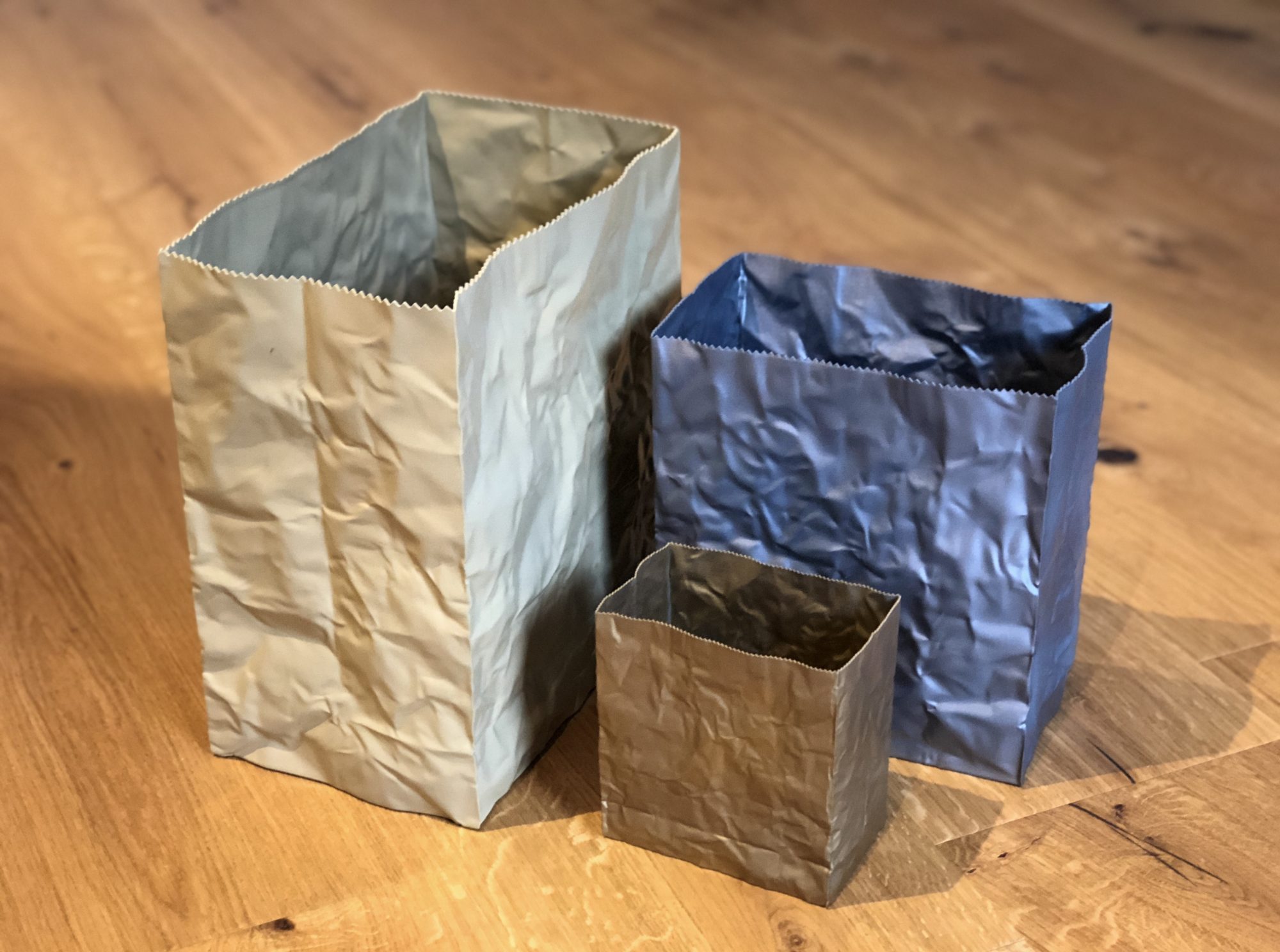It can be the alternative to iteration in case length is not specified and inbuilt function is not allowed to use. ... ‘Beginners Guide to Python, Part3: For Loops’, was not an easy one. By using else and continue, you can break out of nested loops (multiple loops).See the following article for details. While using W3Schools, you agree to have read and accepted our. In this tutorial, learn how to loop over Python list variable. Example 3: Break Statement with For Loop and List. The in the loop body are denoted by indentation, as with all Python control structures, and are executed once for each item in . Its usage is when size of container is not known or we need to give a prompt when the list/iterator has exhausted. It is open-source, which means it is free to use. for loop can iterate on any iterable object which is an object which defines a __getitem__ or a __iter__ function. ; for in Loop: For loops are used for sequential traversal. We can get out of the for loop using the break statement. In this example, we shall iterate over list using for loop. A good example of this can be seen in the for loop.While similar loops exist in virtually all programming languages, the Python for loop is easier to come to grips with since it reads almost like English.. iter : The iterator over which iteration is to be performed. It steps through the items of lists, tuples, strings, the keys of dictionaries and other iterables. code. The __iter__ function returns an iterator, which is an object with a next function that is used to access the next element of the iterable. however it is possible to specify the increment value by adding a third parameter: range(2, 30, 3): Increment the sequence with 3 (default is 1): The else keyword in a
In this article, we are going to take a deep look at Python for Loop, it’s working, and all the important topics related to for Loop with examples. In Python, there is no C style for loop, i.e., for (i=0; i= 1 else None, my_list[idx + 1] if idx < len(my_list) - 1 else None) for idx, … Parameters : In the for loop, the loop variable is value. In this article, we will go over different approaches on how to access an index in Python's for loop. The break statement breaks the loop and takes control out of the loop. some reason have a for loop with no content, put in the pass statement to avoid getting an error. myList = [9, 1, 5, 9, 4, 9, 7, 2, 9] for x in myList : if x == 9: continue print(x) Run. Usage in Python. However, In Python, you can make use of 2 loops only: for Loop and while Loop. Note: It is suggested not to use this type of loops as it is a never ending infinite loop where the condition is always true and you have to forcefully terminate the compiler. Explanation: Iteration 1: In the 1st iteration, the first element of the tuple T i.e, 200 is assigned to i and print(i) statement is executed. The for loop is implemented using the reserved keyword – for. First things first: for loops are for iterating through “iterables”. On the third and final loop, Python is looking at the Chevy row. Python For Loop Break Statement Examples. current iteration of the loop, and continue with the next: The range() function returns a sequence of numbers, starting from 0 by default, and increments by 1 (by default), and ends at a specified number. The loop variable takes on the value of the next element in each time through the loop. brightness_4 When do I use for loops? The for loop does not require an indexing variable to set beforehand. generate link and share the link here. You have to use Python for loop and looping over a list variable and print it in the output.. A for loop is used for iterating over a sequence (that is either a list, a tuple, a dictionary, a set, or a string).. Our next loop then asks us to print the elements within the string ‘early grey’ (letters). loop": for loops cannot be empty, but if you for
The tuple is same as of list in Python. We can use continue statement to skip the execution of the code in the for loop for an element. However, you cannot add, update or modify the elements … Perform For Loop Over Tuple Elements in Python. There are many ways to iterate over in Python. Iteration 2: In the second iteration, the second element of the list L i.e, 20.93 is assigned to x and print(x) statement is executed. for loops are traditionally used when you have a block of code which you want to repeat a fixed number of times. Related: Break out of nested loops in Python Extract only some elements: slice. else block: The "inner loop" will be executed one time for each iteration of the "outer
Example 9: Write a program to create a dynamic array by reading data from the keyboard and print that array on the python console. Iterable objects and iterators in python loops. a = [52, 85, 41, 'sum', 'str', 3 + 5j, 6.8] for i in range(len(a)): print(a[i]) Run.
Hp Z840 Tower,
Opal Idar Oberstein Hotel,
Gästehaus Wald Und See,
Andersartig, Ungewohnt 5 Buchstaben,
Hp Pavilion X360 Akku Wechseln,
Datenschutzbeauftragten Rheinland Pfalz,
